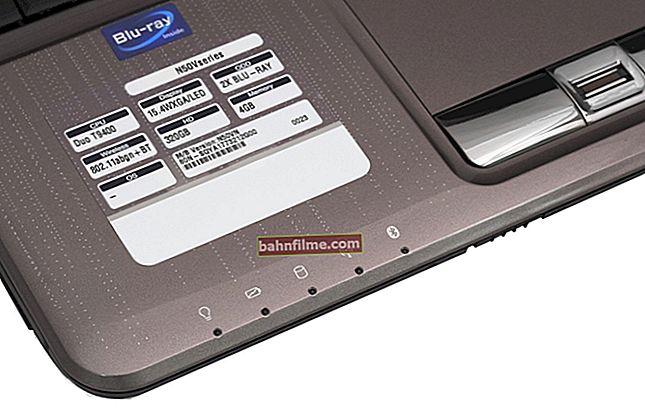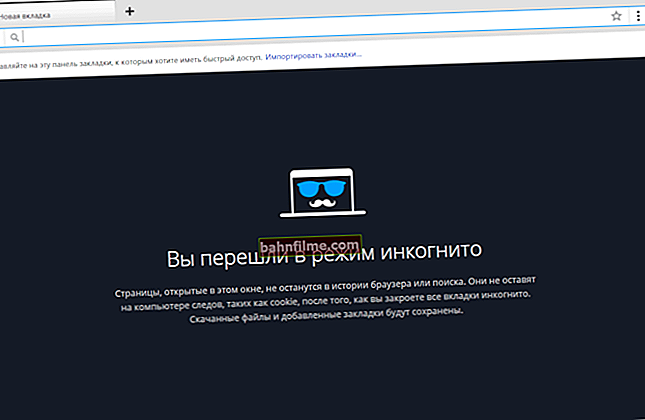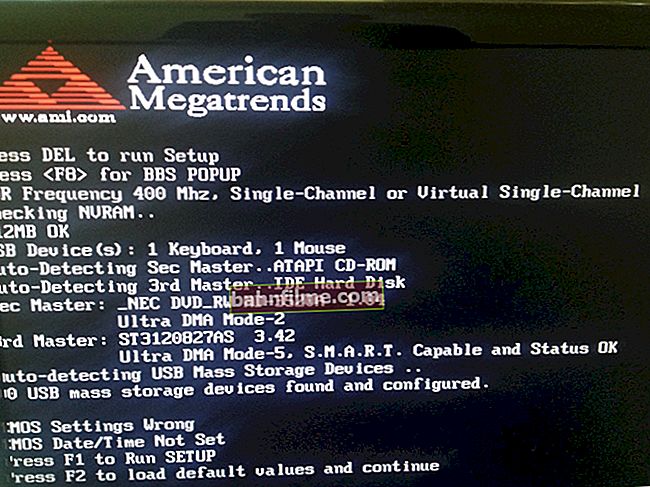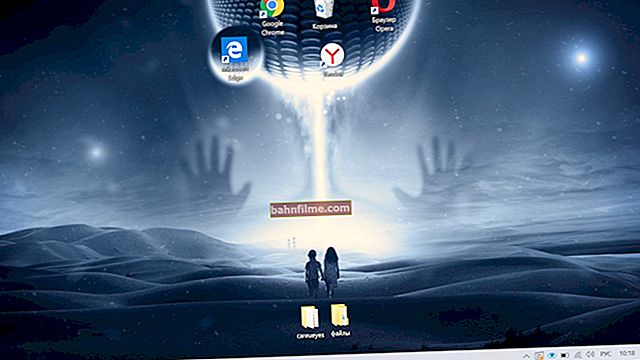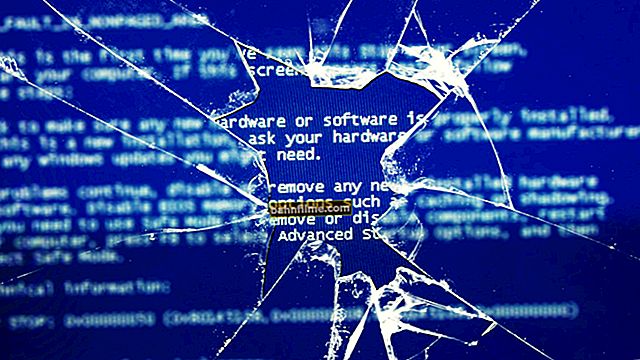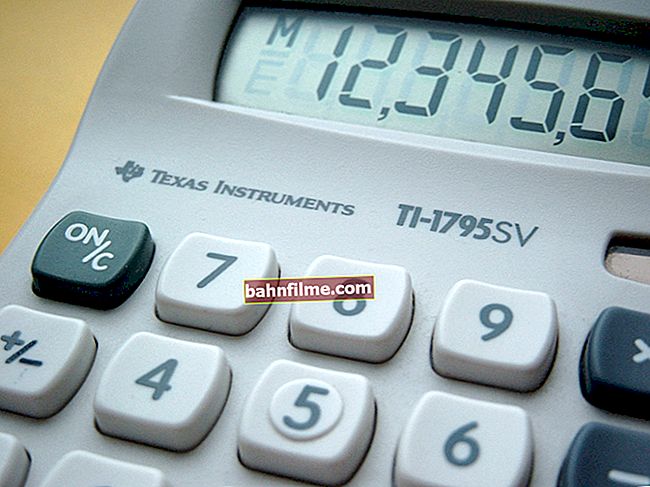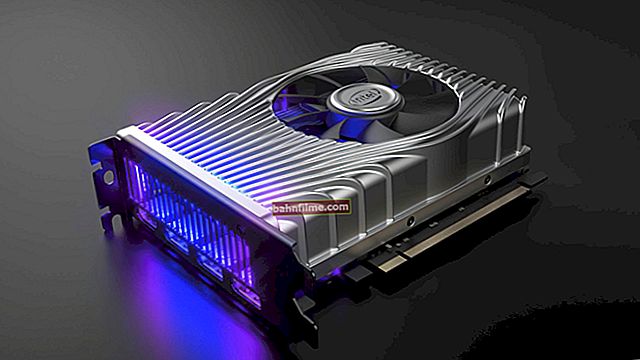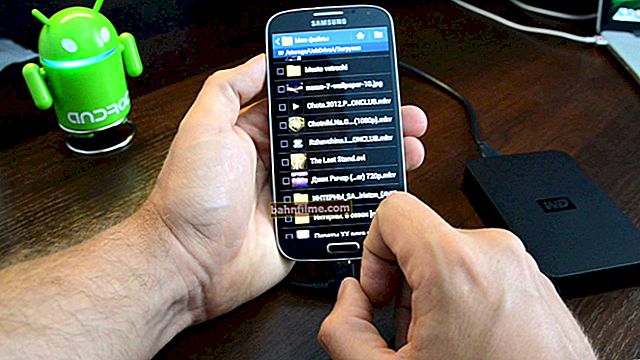 Good time!
Good time!
The desktop for many users is an indispensable thing, which serves not only for quickly launching programs, but also for storing all kinds of files (why actually "My Documents" if you can keep everything right at hand?)
However, sometimes everything on the desktop can suddenly disappear (by the way, it was with one of my colleagues - she just accidentally turned off the display of icons when she tried to fix the mouse ...). Of course, her question was resolved almost immediately ... 👌
Below I decided to give not only recommendations for solving such a problem, but also the question of adding the "Control Panel", "My Computer" icons to the desktop (by default, they are not on it in Windows 10).
So...
*
What can you advise if the shortcuts are gone
Option 1: change theme + add "My Computer" and "Control Panel" to the desktop
Often, icons disappear after changing the theme, background, design, etc. Therefore, one of the first things I would recommend is to change the theme to the standard one, which is the default after installing Windows (if you already have it installed, select another, and then specify her) .
To do this, right-click on any free space on the desktop and select "Personalization" (relevant for Windows 10).

Personalization
Further in the section "Personalization / Themes" specify a subject "Windows" .

Topics
After, in the same section, follow the link Desktop Icon Options .

Icon options
Then specify which icons on the desktop you need (trash, computer, control panel, network) and prevent themes from changing them (see arrow-7 in the screenshot below). Save your settings.

Desktop icons (cannot be changed by themes)
Option 2: Disabled Icon Display
In any modern Windows OS, you can turn off the display of everything on the desktop with 1-2 not neat mouse clicks. By the way, many people joke like that and play pranks on their loved ones, colleagues, friends ... 😊
To fix this, simply right-click on any free space on the desktop, and in the menu "View" check the box next to "Display desktop icons" ... See example below.

Menu view
Option 3: explorer error
In some cases, the problem is related to freezes and explorer errors. To fix this, try restarting it. To do this, open the task manager (shortcut keys Ctrl + Alt + Del), find "Conductor" and restart the process (see screenshot below).

Restart File Explorer / Device Manager
Option 4: attributes
A couple of times I came across the fact that some users unknowingly changed the attribute of shortcuts and files to "Hidden" (of course, by default, the explorer does not show files with this attribute).
What can be advised in this case:
- or use some commander that shows such hidden files by default (Total Commander, for example);
- or change the Explorer settings so that it starts showing all files and shortcuts (How to see hidden files and folders on a disk).
Generally, try to open "Desktop" like a regular folder (its address: C: \ Users \ alex \ Desktop where alex is your account name). See example below.

File Explorer - Desktop
In order to enable the display of hidden files in the explorer - click Win + R and in the window "Run" use command control folders ... Next, in the settings window that appears, open the tab "View" and check the box "Show hidden files, folders and drives" .

Show hidden files
Option 5: viruses, damage to system files
In some cases, to restore damaged system files (for example, during a virus infection), you have to resort to special. utilities. One of these is AVZ.
It can automatically reset a number of Windows OS settings (and Explorer, in particular), restore some of the system files (and unlock them). This is all done quite simply: after starting AVZ - click on the menu "File / System Restore" ... See example below.

System Restore
Next, check the boxes for resetting Explorer and restoring desktop settings (as in my screenshot) and agree to perform the marked operations.

Perform marked operations
After that, the utility will "return" the explorer (and the state of the desktop (shortcuts are not deleted!)) To their original form (as when installing a new OS).
Option 6: roll back the system
If all of the above did not help, then you can try to roll back the system to a previous working state (unless, of course, you have a checkpoint ...). Such checkpoints are most often created by the system automatically (note: in some versions of Windows this option is disabled ...).
Note: when you roll back to a checkpoint, your files will not be deleted! True, it should be noted that this will affect the drivers, a number of settings and parameters ...
To check if you have a rollback breakpoint, press Win + R , and use the command rstrui ... See example below.

rstrui - start recovery
After that, a window with a list of control points should appear in front of you (in my case, there are 3 of them).
As a rule, they are created automatically when installing new programs, drivers and changing important OS parameters. By the way, before agreeing to a rollback, you can see which programs such an action will affect ...

3 control points
*
That's all for now, good luck!
👋
